Harvesting herbs
July/August is herb harvest time
Anyone who has a herb garden at home knows that all herbs cannot be used at all. However, you can do a lot with herbs so that they do not wither. They can be wonderfully mixed with salt to a tasty herbal salt, put in oil, frozen or dried.
-
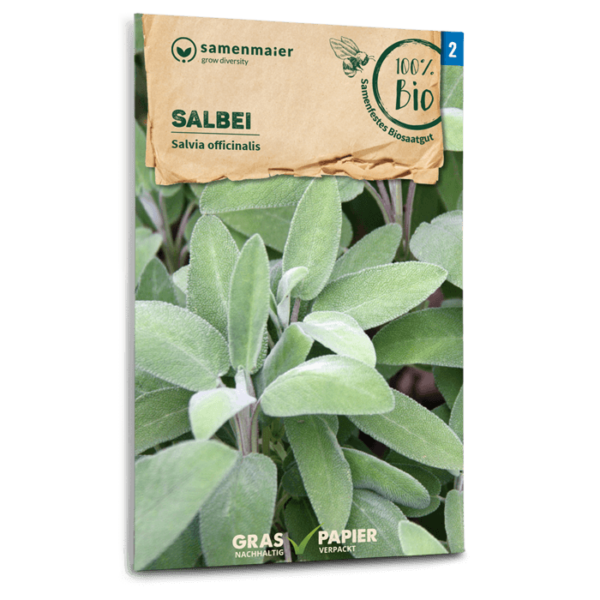 Organic Sage€ 2.99
Organic Sage€ 2.99incl. 13% VAT
Keine Versandkosten ab € 20 Warenkorb
-
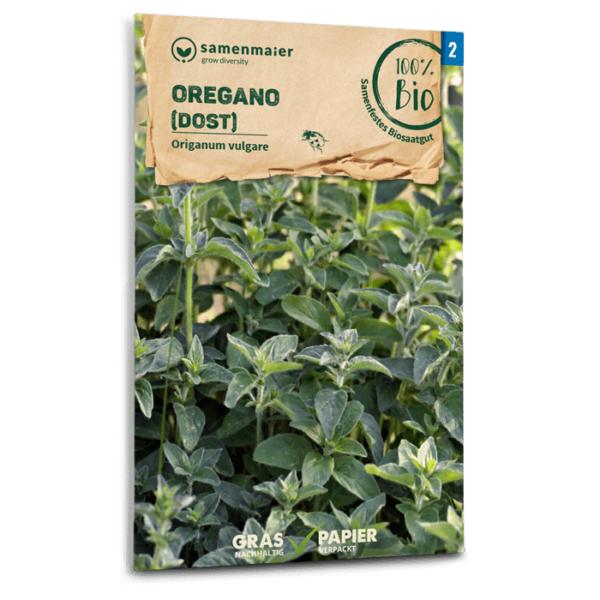 Organic Oregano (Wild Marjoram)€ 2.99
Organic Oregano (Wild Marjoram)€ 2.99incl. 13% VAT
Keine Versandkosten ab € 20 Warenkorb
-
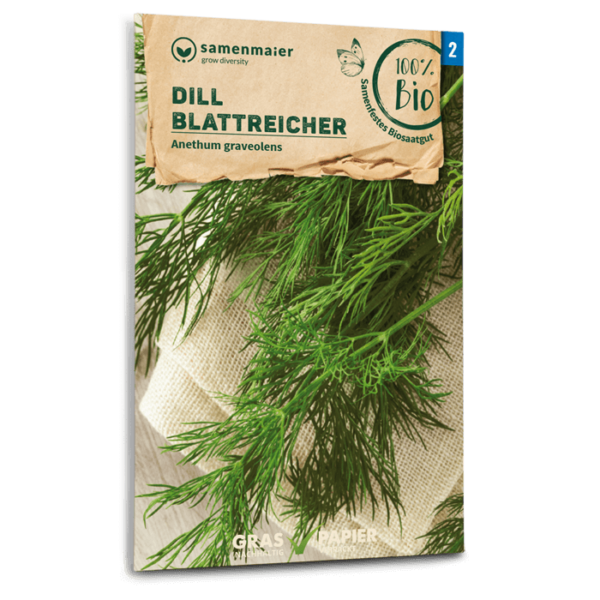 Organic Dill Blattreicher€ 2.99
Organic Dill Blattreicher€ 2.99incl. 13% VAT
Keine Versandkosten ab € 20 Warenkorb
Ideal harvest time
July is ideal for harvesting Mediterranean herbs such as thyme, lavender, rosemary, sage, marjoram or basil. Shortly before blossoming they contain the best aroma. But a variety of other herbs such as mint and lemon balm are now also showing their best side. Even in August you can still draw from the full range of numerous summer herbs.
For further preservation of the herbs (freezing, drying, etc.), a sunny morning is ideal for harvesting, once the night dew has dried up. If possible, however, harvest the plants before the midday heat. If the herbs are used fresh in the kitchen, they can be harvested at any time of day.
Most aromatic and tea herbs are harvested when they are not yet flowering. Exceptions are thyme, oregano and lavender, which reach their highest maturity during the blossoming process itself. Spices such as oregano, marjoram, sage, savory or thyme have a strong aroma after a few hot days, have a low water content and can be dried easily.
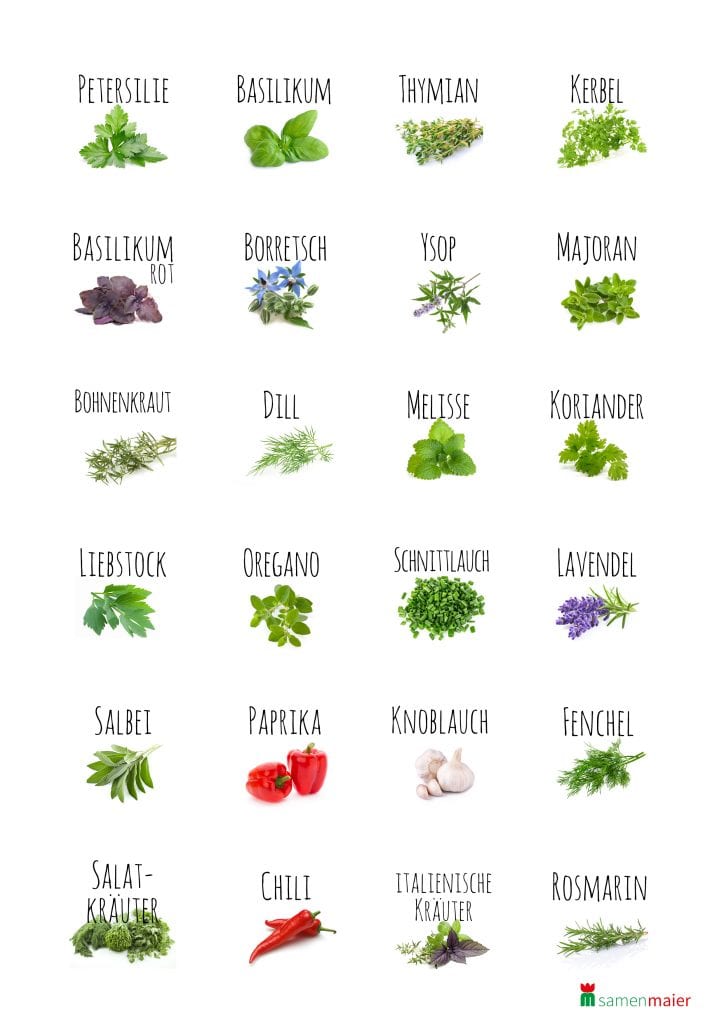
Drying herbs
The best result is obtained with dried herbs. It is important to preserve the fragrant flowers, leaves and stems. The easiest way is to dry them in bunches.
Drying is the most common method of preserving herbs. Spicy herbs such as sage, rosemary, thyme or peppermint are particularly suitable. In the case of large-leaved species such as sage and laurel, only the leaves are plucked and then dried. The sieves of an automatic drying machine are suitable for this purpose. The stems of small-leaved species are gathered into small bundles and hung upside down in an airy place. It should be as dark as possible so that the leaves and stems retain their fresh green color and the natural aromatic substances are not destroyed by intense UV light. While natural drying is sufficient in summer, the cool temperatures in autumn require subsequent drying in the oven. The dry leaves should be stripped off and stored in dark screw-top jars or tin cans. Important: Do not dry the herbs in the blazing sun or in a draught, as this will cause the aromatic ingredients to be lost.
We have designed herb labels for you, with which the jars or tins for the dried herbs can be labeled.
To download:
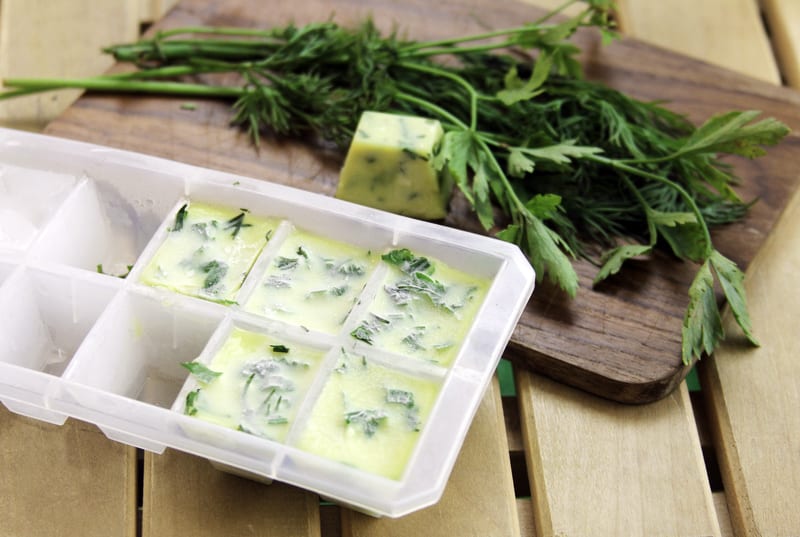
Freezing herbs
After chopping or crushing, the fresh herbs should be put into a container immediately and placed in the freezer. If the herbs are left on the kitchen table at room temperature for a few more hours, the flavorings are lost quite quickly.
Chives, dill, chervil, basil, parsley and other species with soft leaves and shoots are better suited for freezing. Alternatively, fresh herbs can be finely chopped and then placed in small portions in the compartments of an ice cube container, infused with water or olive oil and then frozen immediately. Note: If necessary, do not simply defrost the herbs, but place them directly in the frozen ice cube in the pan or pot. The frozen ice cubes can be stored for months. Alternatively, the herbs can be frozen without water.
Suitable for freezing are, among others, ice cube containers, classic freezer bags or smaller cans. However, the containers should be sealed so tightly that no freezer burn can form.
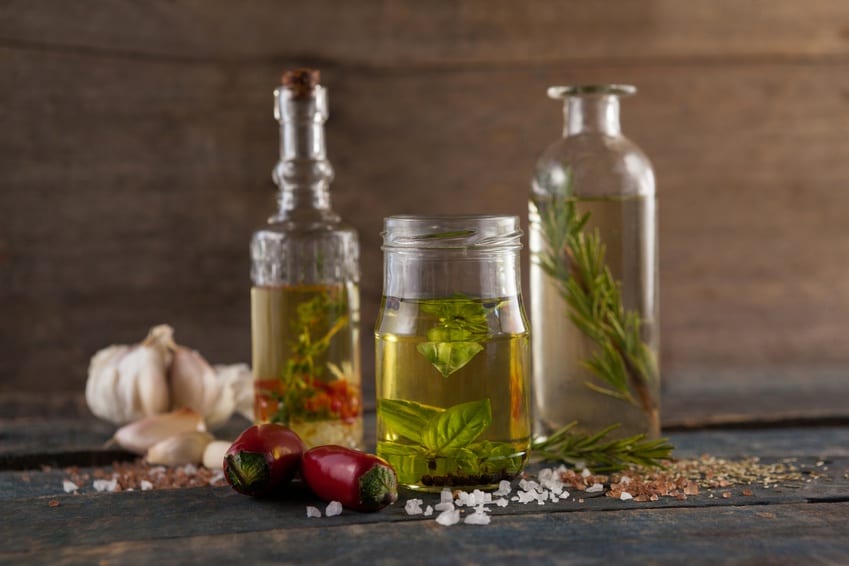
Herbs in oil
Some herbs like basil, dill, leaf coriander and chervil tolerate drying less. But they can be preserved in vinegar or oil. Simply cover a few herb stems in a bottle with olive oil and let them stand for two to three weeks. Stir daily and then strain the oil through a coarse-meshed cloth.
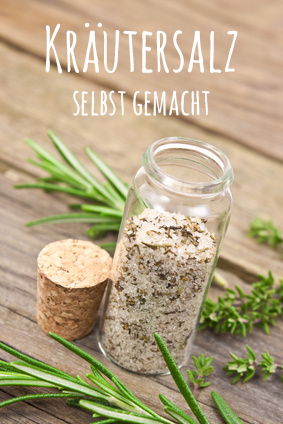
Herbal salt
Salt also preserves fresh herbs very well. It inhibits the growth of food spoiling microorganisms. The rule is: a lot of salt and not much herb. Simply grind or mix a small mortar, mix with salt and fill into small, tightly sealed glasses. As soon as these jars are opened, it smells like summer!
You can find a more detailed description and a recipe here: Making herbal salt yourself.
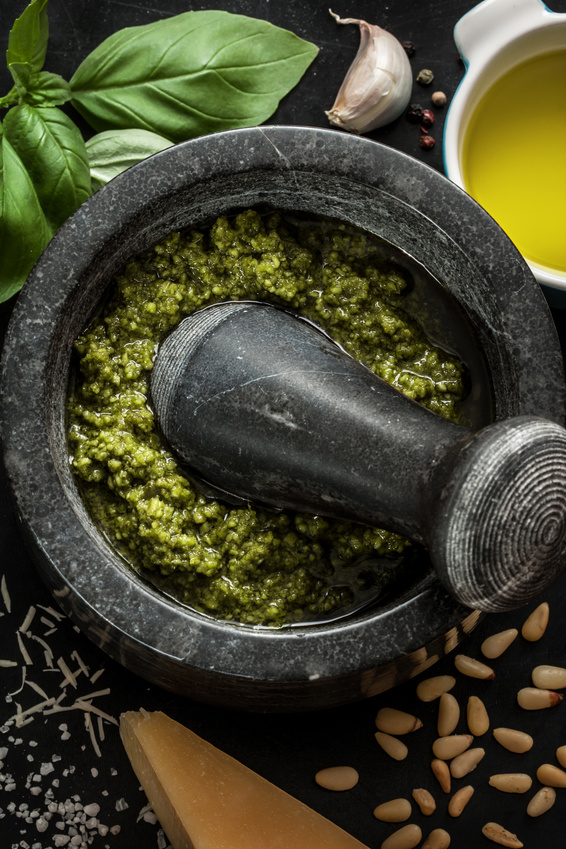
Pesto
The pesto is best made in summer, when the basil is about to blossom. Until then it was able to store plenty of aroma in its leaves.
If you are still looking for a recipe for a pesto, we have a delicious basil recipe for you.




